THE SINGAPORE SERIES – CHAPTER 7

Just go to Thailand!
Back in Singapore after my first trip, I participated in a talk at the art space The Substation about the current exhibition in place. The idea of a book about Singapore contemporary art was starting to take shape in my mind. at the time, and I came back for another month-long research. This time around, I wanted to focus on capturing the spirit in which the artists were producing work, as well as understanding the core concerns of curators and art operators. In the long and narrow room of The Substation art space, I recognised a few people coming together to start the talk. One of these was The Substation director Alan Oei, one of the first people I interviewed in Singapore and the person who gave me a comprehensive vision of what was going on.
Alan Oei is the kind of person who attracts polarising feelings because of his clear-cut ideas, critical attitude and strong charisma. This is something quite common in the Italian art world, where art critics and curators like to challenge audiences – think of big personalities like Philippe Daverio, Achille Bonito Oliva or Vittorio Sgarbi – but in Singapore and Southeast Asia, where moderation is the norm and the art world is still too small to overtly create factions. This is quite uncommon. Perhaps because of my background, I personally liked Alan Oei’s attitude a lot (not that I necessarily agreed with his opinions). I liked him the way one can like romantic characters. Those who have real vigour in bringing forward their ideas, and a strong spirit to led them. Believing his own ideas to a fault.
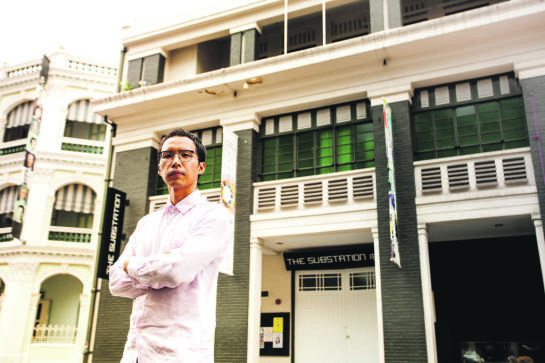
Indeed, during the talk Alan criticised the work of one of the artists present, in front of the entire audience: “I think your piece doesn’t really work in this space.” To which the artist tried to defend their work, but was poignantly countered by Alan. “This is my opinion anyway!” he concluded. After the talk, he came to join the conversation I was having with a couple of other artists, including Biennale’s artist Charles Lim. Charles had big bones and looked very hearty, as if he were moulded out of terracotta, or had been painted by a Mexican social realist. You could easily picture him in his past as a sailor. In contrast, the smaller Alan looked more French rococò, with subtler features, long slim fingers and a perennial skeptical expression of his face. As I gathered, the two shared a sort of friendship.
“Hi Alan,” I welcomed him with a big son-of-a-gun kind of smile. He sat and looked at me inquisitively, so I told him: “You might have wondered what happened to our interview!”
With a stern tone he replied: “Yeah, right, what happened to my interview?”
“Well, the project has evolved into a… sort of a book! About Singaporean contemporary art.”
With his typical sardonic attitude, he replied: “Why are you still writing about Singaporean contemporary art? We have too many writers here already! Just go to Thailand!”
“Yeah, just go to Thailand!” echoed Charles Lim with the concerned tone of someone who is highlighting a necessity: “There is a shortage of art writers in Chiang Mai, and art there is much more interesting than down here!”
“No doubt about it,” I insisted holding onto my point, “but I feel that Singapore is really interesting too, perhaps in a subtler way…” I tried to find the word to express my fascination with the Lion City without sounding naïf: “Everything looks so perfect, utopian almost, but all the real dynamics are hidden!”
“But then you will end up doing something about the system, sociological research instead of talking about the art!” noted Charles Lim. Then Alan, evidently bored, cut me out of the conversation by starting to talk about personal matters with the artist, before I could open my mouth to reply. My answer would have been: “Exactly.”
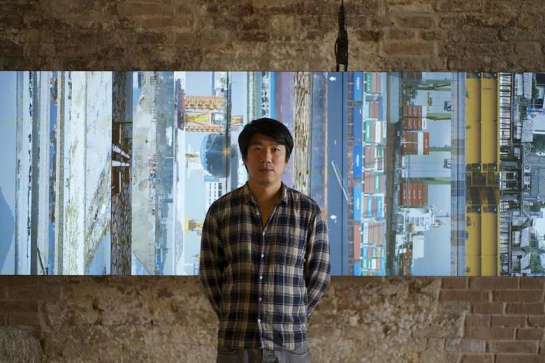
That brief confrontational exchange at The Substation got me thinking. It was the first time the topic of my research was challenged. Across different age groups, artists and art, people from many different walks of life were all making me feel welcomed, and seemed to eagerly want to contribute to the research as soon as they heard I was writing about Singapore. This was again something similar to what I had experienced in my research in Indonesia and a bit in my reportage in Melbourne, but of course not at all in my everyday reality in Italy. Back home, things tends to be much more elitist and much less inclusive. At the same time, I was excited to see that not all of the scene was uniform, even in terms of attitude. For a journalist, confrontation is an element of interestingness. I thought back to the illuminating discussion that I had with Alan Oei a year earlier, where he had just stepped up as director of The Substation and tried to connect the dots to understand the point of that challenge.
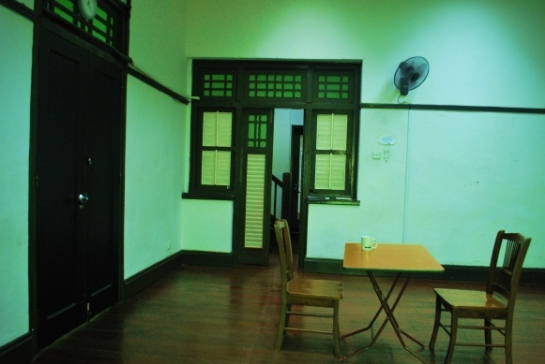
The internationality is a market thing
“We are not going to be about the art. We are going to be about how art can help us to understand the world better.” The newly-nominated director of The Substation was determined. He expressed himself with short, poignant statements and then paused and smiled – not to mitigate his strong opinions, rather with a sort of boldness. Alan Oei was sitting at the opposite side of a small bar desk from me. The dark wooden chairs were just as bare. A series of other desks similar to the reclining ones used at art academies were clustered against the green glass window, partially covered by curtains. An old-style iron fan was in one corner of the wall and was freshening the room, giving a buzzing baseline to the conversation. The green light coming from the window was creating an eerie atmosphere. It was bouncing on the white board and reflected on the dark parquet. Alan Oei took a sip of water from a white mug with moustaches printed on it. That hipster touch reassured me that in fact we were not in the middle of a police interrogation.
I was the one that was supposed to ask questions, but as soon as we entered the room, Alan took a piece of paper and asked me all the information about the magazine I was writing for. I replied, a bit surprised by such diligence and a bit psyched by the eerie green light. “This used to be an old power station,” explained Alan, “The building is pretty old, so we are going to change the space because this is pretty shitty, right?”
“Actually I quite like it,” I objected mesmerized, feeling like I had just stepped into the Wizard of Oz’s Emerald City.
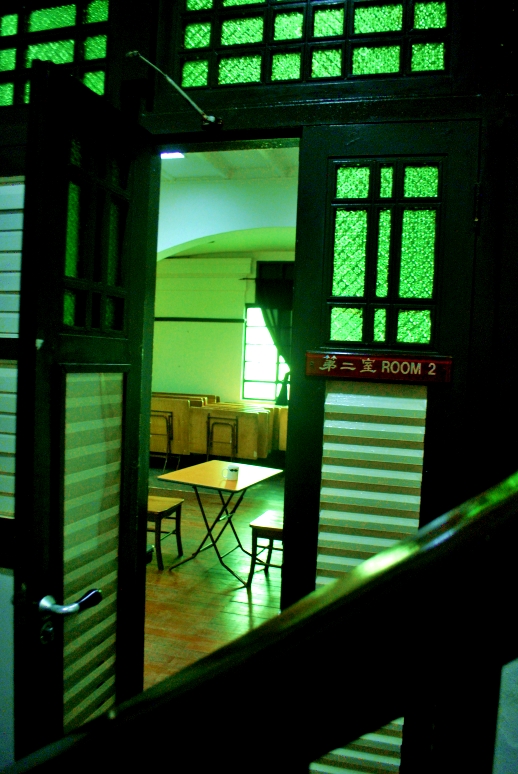
A bit of background to the space: the The Substation is the first independent art space in Singapore and it had been set up in the 1990s by the late theatre doyen Kuo Pao Kun. It was conceived as a haven for arts practitioners collaborating across disciplines. The space includes a black box theatre, a gallery, a dance studio, a random room and two multi-function classrooms. Over the years, the space has presented a wide range of artists and programmes, from traditionally trained dancers to local rock bands; established visual artists to young poets; publications to international short film festivals; experimental theatre to seminal conferences on Singapore arts and culture. All of Singapore’s most critically-acclaimed artists, writers and intellectuals have transitioned through the green-windowed space. Today, the support extends to their associate artists, as well as to younger and emerging artists. However, in the past few years the centre has been forgotten, while the institutional scene was dominated by other and – better-funded, some argued – art institutions such as The Esplanade and Gillman Barracks. “When The Substation started in 1990, we were the very first art space in Singapore, before the Singapore Art Museum, before the Esplanade, the National Gallery of Singapore, there was no such things,” said Alan. “I like to think that because The Substation existed, so many people wanted to come here and do art or music or writing in a way that there was no other place in Singapore. This forced the government to open up a museum five years later. We were actually shaping policies in some way , but once we did, we ended up sucked into them and we haven’t changed these policies for a long time.”
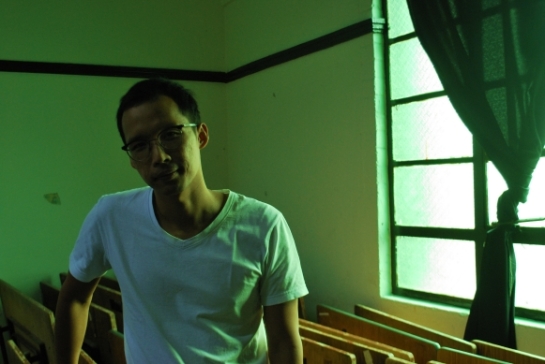
The reason why Alan has been nominated as The Substation’s director is perhaps tied to his versatile character. With a parallel trajectory as an artist, his work focuses on art history, politics and community – a counterpart of the vision he is bringing forward with his curatorial projects. Prior to arriving at The Substation, he was the artistic director of the defunct project Sculpture Square and, parallel to The Substation, he still runs OH! Open House. This consists in a series of tours to site-specific works created by artists in response to an existing space – a specific neighbourhood, or history, or even a home. Like many Singaporeans, especially of his generation (he was born in 1976), he has studied abroad and holds a BA in Art History from Columbia University, which was complemented by his education back home – a Diploma in Fine Arts from LASALLE College of the Arts. The professional courses for curators are a very new thing in Singapore, and as it always happens in emerging art systems, in absence of formed curators this role is taken up by artists themselves. This was the case with Alan: “I didn’t want to be a curator, I just fell into doing it because I have an art history background and I can write and organise things,” he explained. “By accident, I continued doing this because I wanted to see a certain kind of show that hadn’t been created in Singapore.”
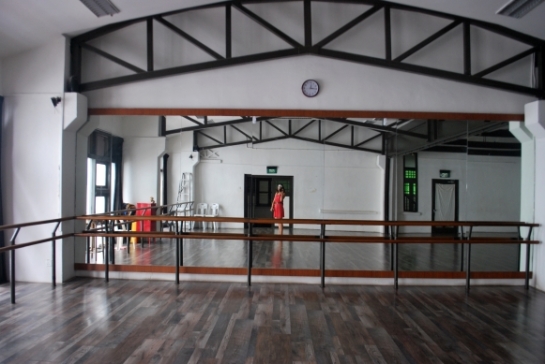
He explained that in the last few years, the Singapore art industry has become very professional. The government is investing in art, and curator programs are popping up everywhere. “I feel everything has become institutionalised. That really destroys the possibilities for art. There too many curators.” he said with a sardonic face. Then he continued saying that he thinks he’s very important to have a space where curatorship can be done in a different way. Possibly from the artist point of view as well.
“I feel there are many shows in Singapore that are just content for content sake. Artists are making shows just for making shows, but they are not trying to say anything. So as long as this is the situation in Singapore, that there aren’t enough critical and brave shows, you must also have balls.”
But it is not just about courage. It is also a question of slowing down and reflecting more: “I think the rate of production in Singapore is ridiculous. It’s like the museum has a show every month or something.” Alan explained that because the museums are driven by the government, the measure of a show’s success is the number of people that go there and the number of programs. “I feel the shows are not properly researched and curated and they are just doing a lot of programming. They have run out of artists.”
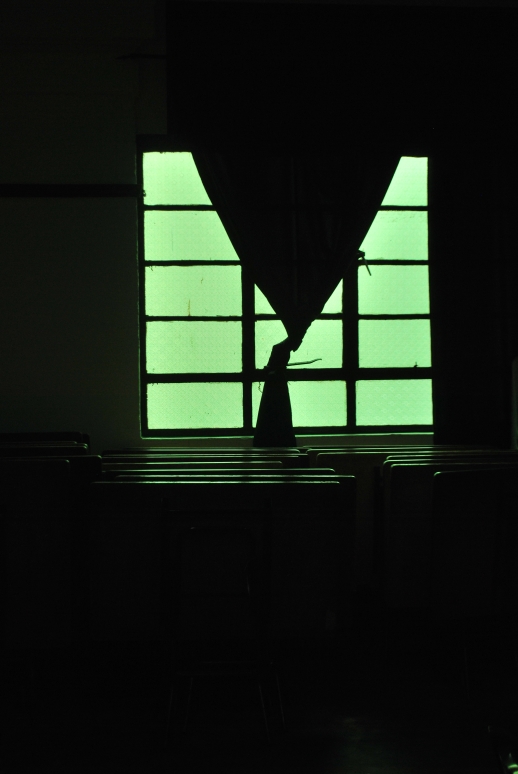
Singapore didn’t have enough artists for the amount of shows and the amount of programs that the government is trying to push. “Every time the government thinks, “Ok let’s do something about culture”, they have no clue except to say, ’Let’s do a festival.’ Maybe it’s a heritage festival, maybe it’s an arts festival, maybe it’s a night festival, but it’s always driven but this festival and content on demand. Then you just call the artist and say, “Hey, I got twenty thousand dollars, can you do something for me?” Or, “I got five thousand dollars, can you do something?” Or, “A hundred thousand dollars, can you do a big project?” It’s not about, “Hey you’re an artist, you have been doing very interesting things, I’m really interested in knowing and understanding your practice, maybe we can talk about holding a show in three years when we can pull things together.” That’s the way for museums to run. You have a long research process and an understanding of the people. But Singapore is like that all the time. There are not enough artists.” This explains also the abundance of young artists. It’s easy to take the path of the art in a country where there is a need, and the government is investing a lot of money into it. The problem is, putting a 25-year-old in a museum might be too early. Are you really able to wait in Singapore? You can’t really get an instant art history as you would pour hot water on your instant noodles.




